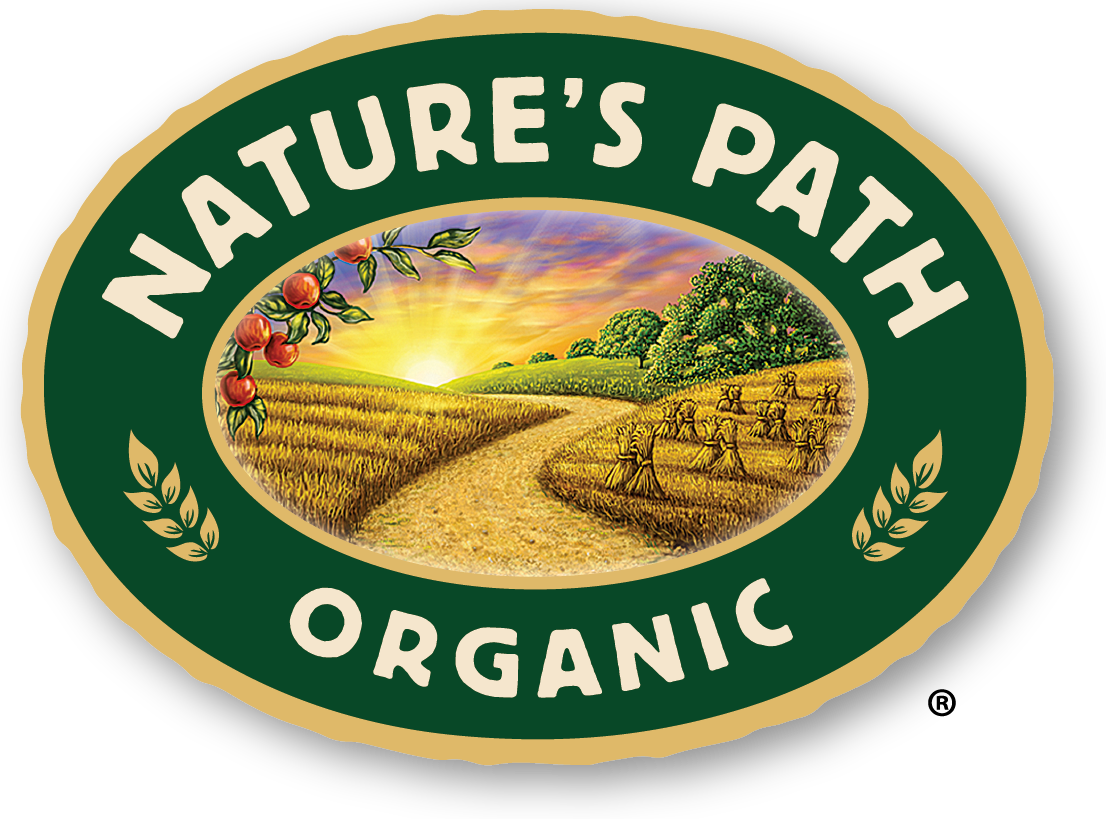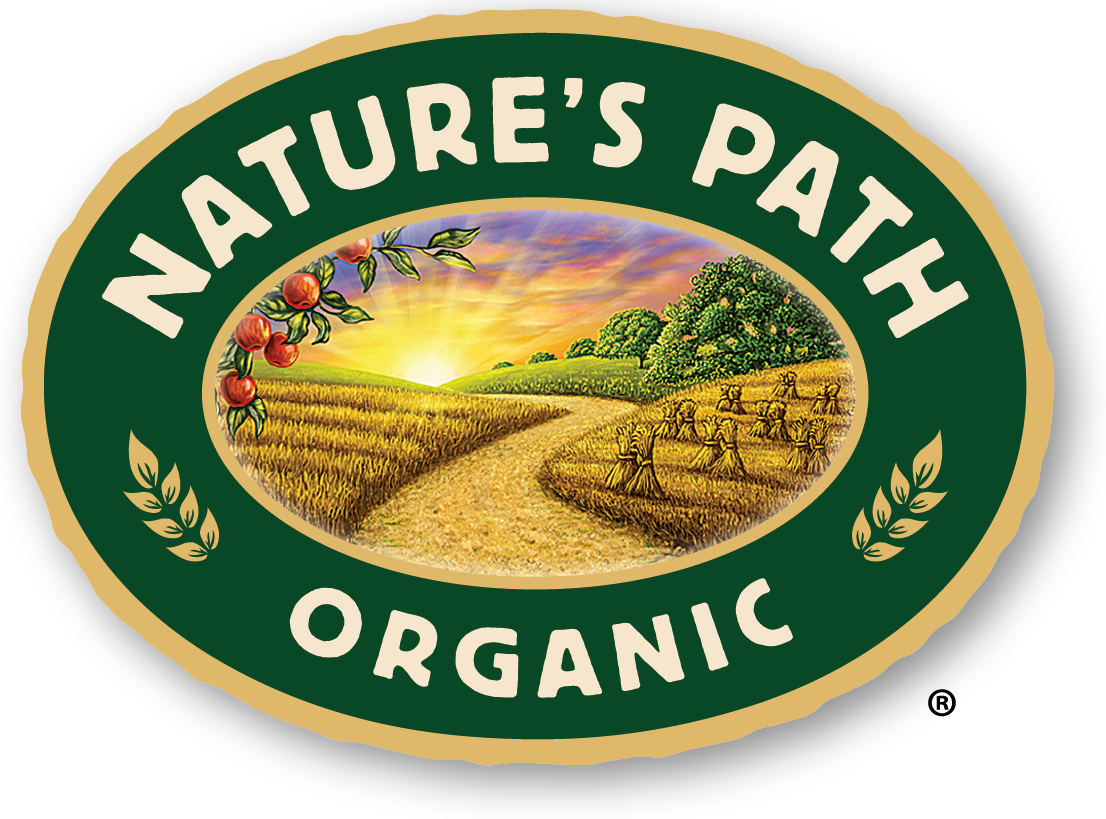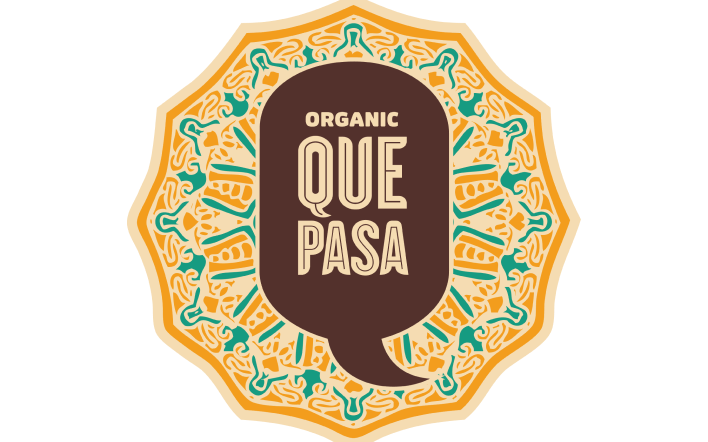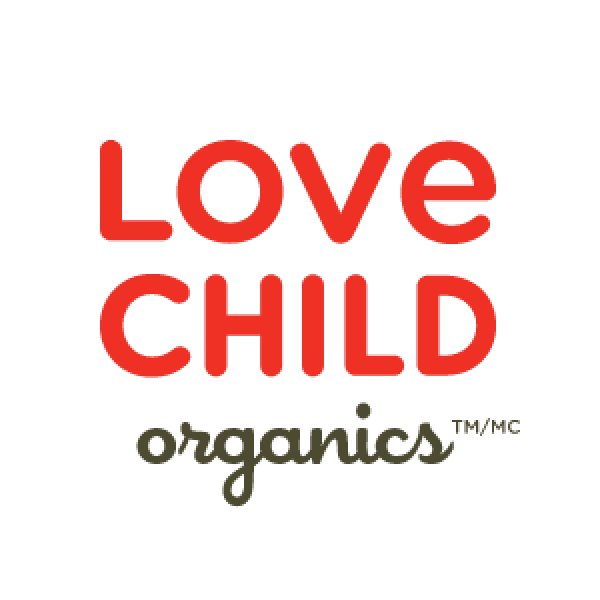Victory Gardens had their beginnings in World War I, and now, 100 years later, they are experiencing a resurgence.
During World War I, there was a shortage of food in the US and Canada, because farm workers had joined the military and gone to fight in the war. In Europe, farms were being devastated by the war, which caused shortages there as well.
In 1917, Charles Lathrop Pack created the National War Garden Commission to encourage women at home to grow and preserve their own food. Crops in commercial production would then be available for troops and allies overseas.
Posters with sayings such as ‘Sow the Seeds of Victory’ promoted this idea. Word spread through women’s clubs, garden clubs, civic organizations, and word of mouth. Women’s magazines and the government’s books, flyers, and pamphlets provided instructions on how to garden, from sowing seed to harvesting and preserving crops, to saving seed for the following year.
Having a ‘War Garden’ was moral and patriotic, because it aided the war effort. Vegetable gardens popped up on every bare piece of private or public land, including vacant lots, backyards, schoolyards, and parks. Even Buckingham Palace had replaced an herbaceous border with turnips. By the end of the war, there were 5 million gardens in the US!
World War II
The ‘War Garden’ was resurrected as the ‘Victory Garden’ as World War II took hold. Agricultural workers and transportation were scarce, and again women on the home front were encouraged to grow and preserve their own food to ease the pressure on agricultural infrastructure.
As food rationing began in 1942, women were especially motivated to grow Victory Gardens to stretch their rations. Urban backyards, rooftops, public parks, and empty lots became lush with fresh produce. There were 800 gardens in Golden Gate Park in San Francisco, and First Lady Eleanor Roosevelt even planted a Victory Garden at the White House.
The USDA provided information about growing food and canning, both of which supported US troops. Gardening was a patriotic and moral act! By 1944, there were 20 million gardens in the US that provided 40% of all fresh fruits and vegetables consumed by Americans. That equaled 8 million tons of produce!
Women gathered to pool resources and share seeds and food. They got to know their neighbors and created lasting friendships. This is not unlike community gardens today.
After both World Wars, the government did not further promote War Gardens and Victory Gardens. It took some time for commercial farms to get back up to normal production, so some food items were still in short supply. Women did not garden at the numbers they had during wartime, but many did continue.
Victory Gardens Today
A 21st century Victory Garden is based on self-reliance, sustainability, healthy eating, and ecosystem support. It offers a buffer against rising prices from crop losses due to climate change and erratic weather patterns. It gives a family food security in a time when the economy is unstable, and threats of war are in the news. A garden also protects against the effects of multinational seed conglomerates gobbling up small seed companies in an attempt to control the world’s food supply.
To plant a Victory Garden, focus on foods your family eats, and those that are easy to store or put up. Include perennial crops, small fruits like berries, fruit trees, and wild plants you can forage. Cool weather crops can extend the season or be grown all winter with the right conditions.
The victory in a modern Victory Garden is freedom from the conventional food system, which does not support sustainability or healthy ecosystems. That’s very different from its original purpose 100 years ago, but is just as important in these times.








